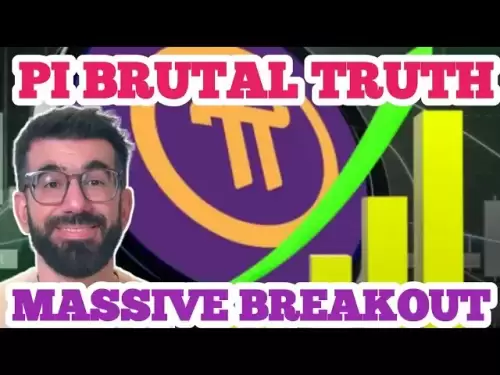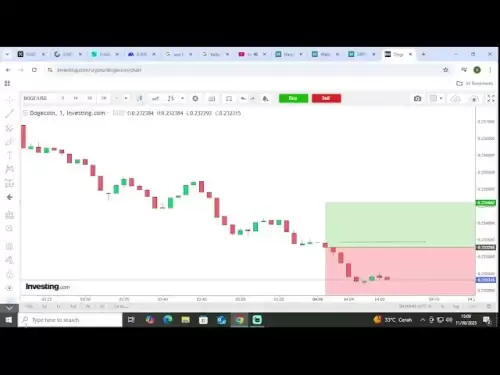-
 Bitcoin
Bitcoin $120300
1.24% -
 Ethereum
Ethereum $4311
2.06% -
 XRP
XRP $3.197
0.16% -
 Tether USDt
Tether USDt $1.000
0.01% -
 BNB
BNB $805.1
0.34% -
 Solana
Solana $179.6
-1.14% -
 USDC
USDC $0.9998
0.00% -
 Dogecoin
Dogecoin $0.2303
-1.21% -
 TRON
TRON $0.3442
1.08% -
 Cardano
Cardano $0.7938
-1.23% -
 Hyperliquid
Hyperliquid $44.55
-0.69% -
 Chainlink
Chainlink $21.81
-2.59% -
 Stellar
Stellar $0.4436
0.05% -
 Sui
Sui $3.728
-3.42% -
 Bitcoin Cash
Bitcoin Cash $586.5
2.00% -
 Hedera
Hedera $0.2530
-2.62% -
 Ethena USDe
Ethena USDe $1.001
-0.02% -
 Avalanche
Avalanche $23.65
-1.46% -
 Litecoin
Litecoin $124.5
-0.71% -
 Toncoin
Toncoin $3.384
1.63% -
 UNUS SED LEO
UNUS SED LEO $9.001
-0.44% -
 Shiba Inu
Shiba Inu $0.00001321
-2.42% -
 Uniswap
Uniswap $10.87
-2.31% -
 Polkadot
Polkadot $3.956
-2.80% -
 Cronos
Cronos $0.1681
4.79% -
 Dai
Dai $1.000
-0.01% -
 Ethena
Ethena $0.8090
1.30% -
 Bitget Token
Bitget Token $4.425
-0.55% -
 Monero
Monero $272.6
3.08% -
 Pepe
Pepe $0.00001169
-2.54%
How to use a covered call option?
Covered calls enhance returns and generate income by enabling investors to sell call options against owned underlying assets, receiving an upfront premium for the obligation to sell if the option is exercised.
Feb 21, 2025 at 08:12 pm
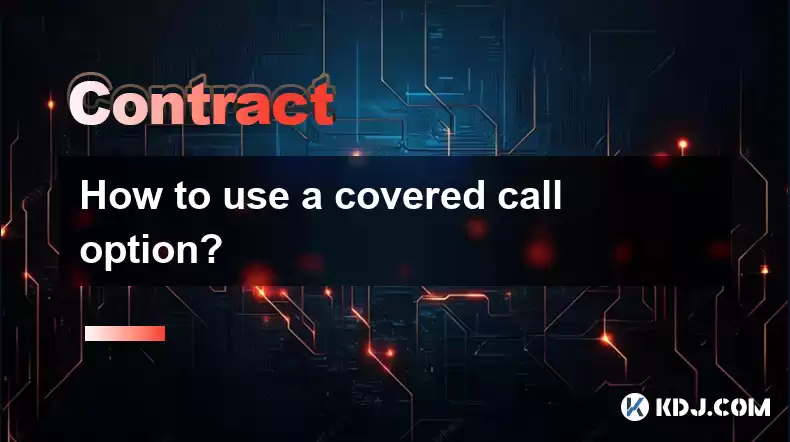
How to Use a Covered Call Option
Covered calls are a popular options strategy that can generate income and potentially enhance returns on underlying assets. Understanding how to use covered calls is crucial for investors seeking to maximize the benefits of this strategy.
Key Points:
- Covered calls involve selling (or writing) a call option while owning the underlying asset.
- The call option gives the buyer the right (but not the obligation) to purchase the underlying asset at a specified strike price on or before a certain expiration date.
- The seller of the covered call receives a premium upfront in exchange for the obligation to sell the underlying asset if the option is exercised.
Steps to Use a Covered Call Option:
1. Understand the Basics:
- Determine the underlying asset you wish to hold and the call option contract you intend to sell.
- Understand the terms of the call option, including the strike price, expiration date, and premium.
- Ensure you have sufficient shares of the underlying asset to cover the potential obligation of selling.
2. Sell the Call Option:
- Choose a suitable call option contract with a strike price and expiration date that aligns with your investment strategy.
- Sell the call option in the options market, receiving the premium as compensation for your obligation.
- Monitor the option's performance throughout its life.
3. Manage the Position:
- If the underlying asset's price remains below the strike price, the call option will likely expire worthless, and you will keep both the premium and the underlying shares.
- If the price of the underlying asset rises above the strike price, the option may be exercised. In this case, you will need to deliver the underlying shares at the strike price.
- Adjust your position as necessary based on market conditions and personal risk tolerance.
4. Calculate Profit and Loss:
- Determine the maximum profit potential as the received premium minus the difference between the strike price and the underlying asset's price at expiration.
- Ascertain the maximum loss potential as the difference between the underlying asset's initial price and the strike price minus the premium received.
- Monitor the performance of the covered call and adjust your strategy accordingly.
5. Monitor and Rebalance:
- Continuously track the performance of the underlying asset and the call option.
- Rebalance your position by selling additional call options or buying back the original one if necessary.
- Consider rolling the call option to a new expiration date to extend the strategy.
FAQs:
Q: What is the advantage of selling a covered call against an underlying asset I already own?
A: By selling a covered call, you receive a premium, which can enhance your overall return. Additionally, the potential price increase of the underlying asset is capped at the strike price.
Q: How do I determine the appropriate strike price and expiration date for my covered call strategy?
A: Consider your trading objectives, risk tolerance, and the volatility of the underlying asset. Choose a strike price that aligns with your expected price movement and an expiration date that provides sufficient time for the trade to unfold.
Q: What happens if the call option I sold is exercised?
A: You will be obligated to sell the underlying shares at the strike price. This could result in a profit or loss depending on the current market price of the asset.
Q: How can I mitigate the risks associated with covered calls?
A: Proper risk management is crucial. Choose an underlying asset that you have confidence in and set conservative targets. Monitor your position closely and consider hedging strategies to protect against downside risks.
Q: What is the potential return on investment for covered calls?
A: The potential return is the premium received plus any price appreciation of the underlying asset below the strike price. However, consider the possibility of a loss if the underlying asset's price falls below the strike price.
Disclaimer:info@kdj.com
The information provided is not trading advice. kdj.com does not assume any responsibility for any investments made based on the information provided in this article. Cryptocurrencies are highly volatile and it is highly recommended that you invest with caution after thorough research!
If you believe that the content used on this website infringes your copyright, please contact us immediately (info@kdj.com) and we will delete it promptly.
- Token Security, Agentic AI, Cybersecurity Guide: Navigating the New Frontier
- 2025-08-11 23:00:12
- Crypto Investments: Riding the Meme Wave with Layer Brett and Dogecoin
- 2025-08-11 23:00:12
- Nexchain, Crypto Presales, and Bitcoin Volumes: What's the Buzz?
- 2025-08-11 23:10:13
- Ethereum Treasury, Bitcoin, and Michael Saylor: A NYC Take on the Crypto Landscape
- 2025-08-11 23:10:13
- Pumpfun vs. Pepe Dollar: The Meme Coin Arena Heats Up
- 2025-08-11 23:10:14
- Altcoins Primed for a Bull Run: Investment Gains in the Making
- 2025-08-11 23:10:14
Related knowledge
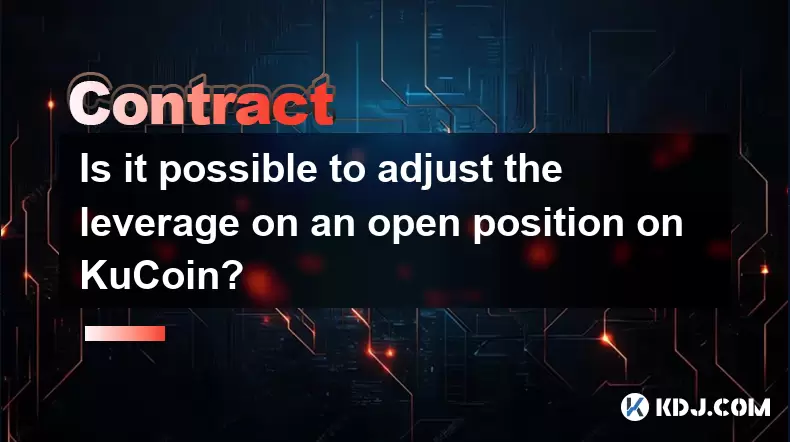
Is it possible to adjust the leverage on an open position on KuCoin?
Aug 09,2025 at 08:21pm
Understanding Leverage in KuCoin Futures TradingLeverage in KuCoin Futures allows traders to amplify their exposure to price movements by borrowing fu...
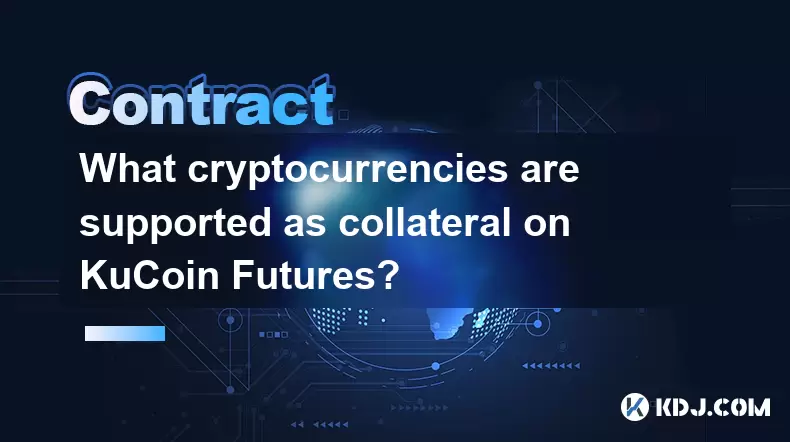
What cryptocurrencies are supported as collateral on KuCoin Futures?
Aug 11,2025 at 04:21am
Overview of KuCoin Futures and Collateral MechanismKuCoin Futures is a derivatives trading platform that allows users to trade perpetual and delivery ...
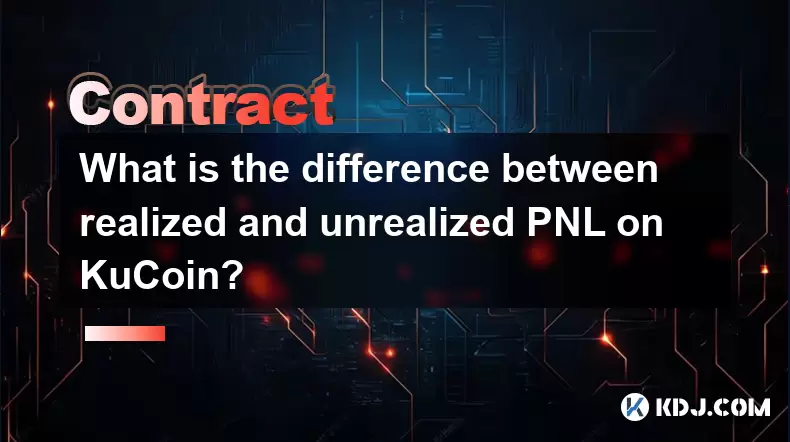
What is the difference between realized and unrealized PNL on KuCoin?
Aug 09,2025 at 01:49am
Understanding Realized and Unrealized PNL on KuCoinWhen trading on KuCoin, especially in futures and perpetual contracts, understanding the distinctio...
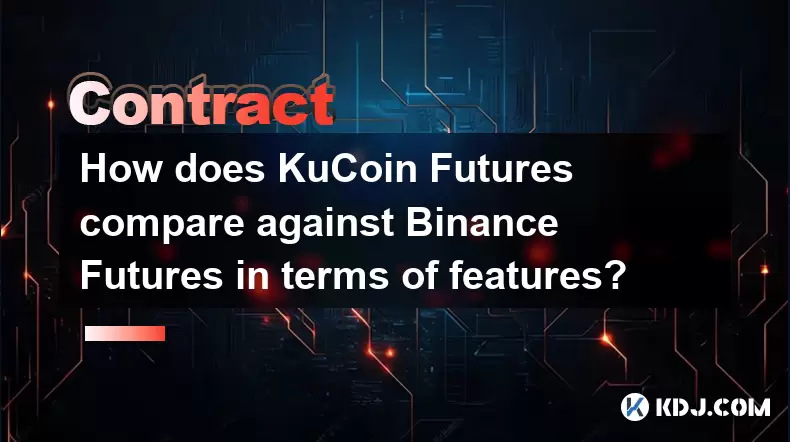
How does KuCoin Futures compare against Binance Futures in terms of features?
Aug 09,2025 at 03:22am
Trading Interface and User ExperienceThe trading interface is a critical component when comparing KuCoin Futures and Binance Futures, as it directly i...
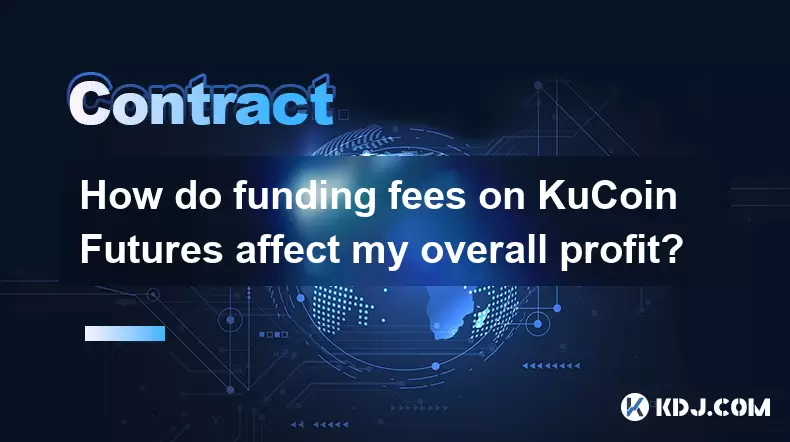
How do funding fees on KuCoin Futures affect my overall profit?
Aug 09,2025 at 08:22am
Understanding Funding Fees on KuCoin FuturesFunding fees on KuCoin Futures are periodic payments exchanged between long and short position holders to ...
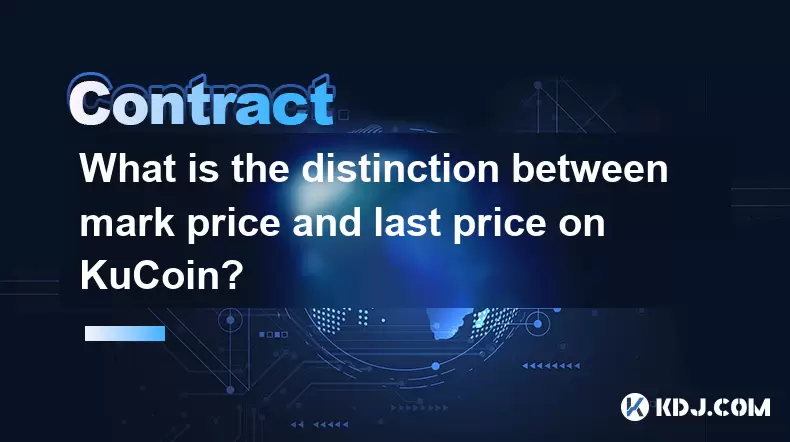
What is the distinction between mark price and last price on KuCoin?
Aug 08,2025 at 01:58pm
Understanding the Basics of Price in Cryptocurrency TradingIn cryptocurrency exchanges like KuCoin, two key price indicators frequently appear on trad...

Is it possible to adjust the leverage on an open position on KuCoin?
Aug 09,2025 at 08:21pm
Understanding Leverage in KuCoin Futures TradingLeverage in KuCoin Futures allows traders to amplify their exposure to price movements by borrowing fu...

What cryptocurrencies are supported as collateral on KuCoin Futures?
Aug 11,2025 at 04:21am
Overview of KuCoin Futures and Collateral MechanismKuCoin Futures is a derivatives trading platform that allows users to trade perpetual and delivery ...

What is the difference between realized and unrealized PNL on KuCoin?
Aug 09,2025 at 01:49am
Understanding Realized and Unrealized PNL on KuCoinWhen trading on KuCoin, especially in futures and perpetual contracts, understanding the distinctio...

How does KuCoin Futures compare against Binance Futures in terms of features?
Aug 09,2025 at 03:22am
Trading Interface and User ExperienceThe trading interface is a critical component when comparing KuCoin Futures and Binance Futures, as it directly i...

How do funding fees on KuCoin Futures affect my overall profit?
Aug 09,2025 at 08:22am
Understanding Funding Fees on KuCoin FuturesFunding fees on KuCoin Futures are periodic payments exchanged between long and short position holders to ...

What is the distinction between mark price and last price on KuCoin?
Aug 08,2025 at 01:58pm
Understanding the Basics of Price in Cryptocurrency TradingIn cryptocurrency exchanges like KuCoin, two key price indicators frequently appear on trad...
See all articles























